Technical improvements and energy savings at EMBL Rome
By Tim Shayers, European Molecular Biology Laboratory (EMBL)

Between the end of 2024 and the beginning of 2025, the EMBL Building Maintenance team and technicians from the local company Tecno Electric completed two maintenance projects for the heating, ventilation and air conditioning (HVAC) controls and lighting of an EMBL Rome’s building. The original infrastructure hardware (airflow control valves and neon lights) were at the end of their working life and needed replacement. We took this opportunity to introduce a combination of improved technical solutions and integrate them into the building management system to achieve better control and flexibility for these utilities and reduce our energy consumption.
HVAC flow control valves
The HVAC System of the building was based on a fixed volume of filtered and conditioned air, using Phoenix flow control valves on both supply and extract air to control the room air pressures. The total volume of air supplied was designed to provide 15–20 room volume changes per hour corresponding to 23,815 m3/hr in total. This was in line with the guidance at the time.
The project involved the replacement of the Phoenix control valves with a Trox system and the introduction of inverter controls on the supply and extract fan motors. This device allows us to control the speed of the motor and reduce the amount of airflow from the fan connected to the motor. In addition, the connection to the Building Management System (BMS) allows remote monitoring and control of air exchange rates and air pressures in the room. Overall, we achieved an almost 50% volume reduction, which translates to better energy savings.
Furthermore, we saw that with the introduction of the inverter drive system, the large motors powering the HVAC fans – which used to run constantly at the inverter frequency of 50Hz prior to the works – now run at 40Hz. This is equivalent to a 20% speed reduction but can equate to an energy saving of more than 50%. Further energy saving will come from reduced heating and cooling requirements to maintain the air supply temperature and humidity set point. Unfortunately, we do not currently have a system for measuring these supplies to provide an accurate reduction value.
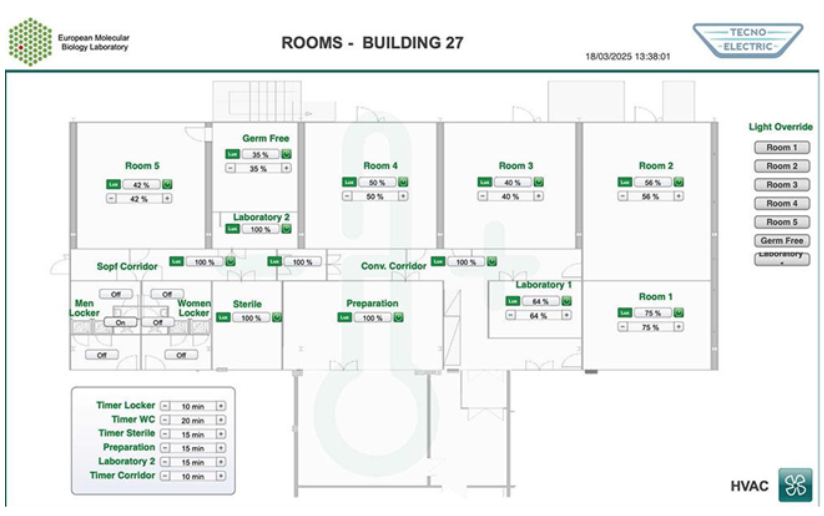
Lighting replacement
Within the building, we had 60 light fittings, mainly two 58W neon tubes. In some of the rooms, these lights were controlled by a timer system, while in other spaces, they were often switched on continuously.
The project involved replacing all the fittings with 24W LEDS and linking them with systems that allow us to control their timing and dimming. We also added motion sensors to the common areas and new emergency lighting. In addition to the significant power reduction resulting from replacing the light fittings, lights in common areas will automatically dim to 20% intensity in the absence of movement and switch off outside normal operating hours.
In addition to this reduction in energy consumption, LED lamps at 100% of their capacity are too bright for most locations. Our post installation survey and commissioning through the BMS connection and light metering indicate that most of the fixtures actually operate at an average of 47% of their capacity, leading to further energy savings.

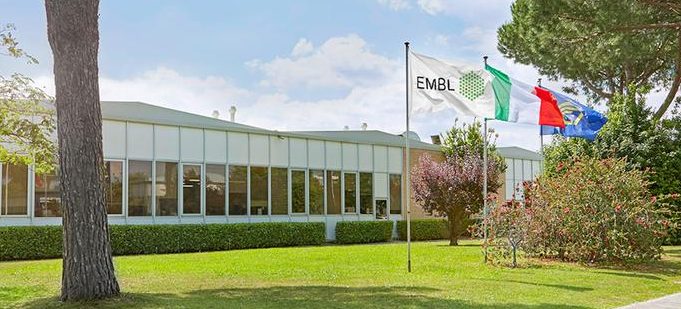

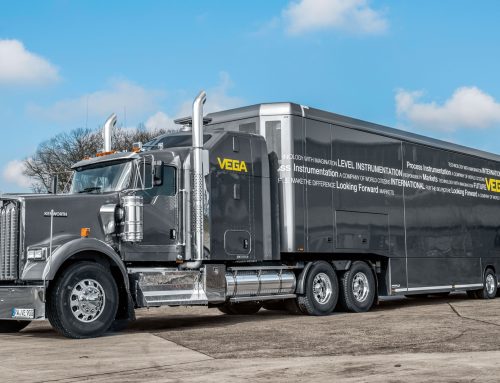
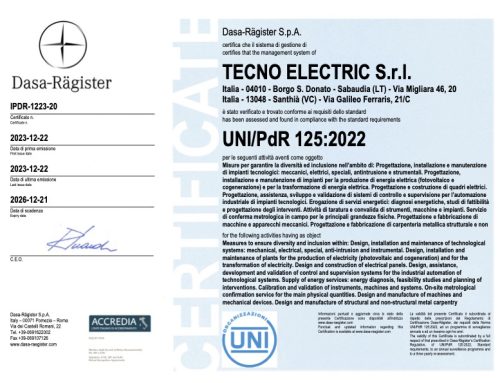
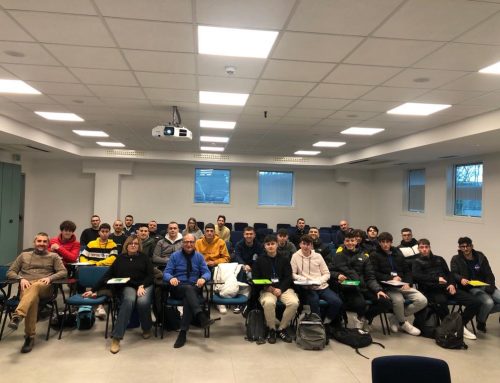
Scrivi un commento